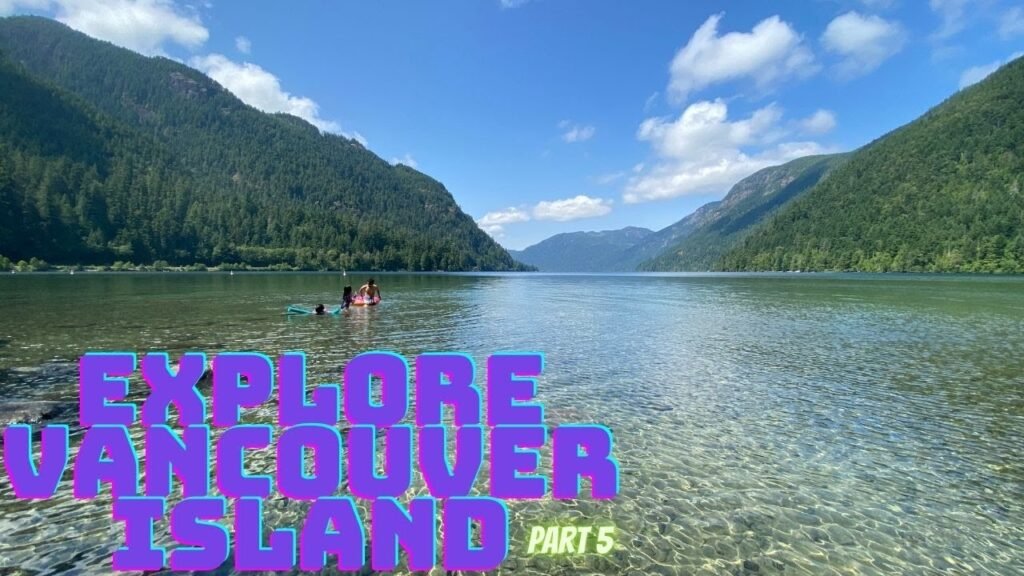Explore Vancouver Island | part 5- Cameron Lake | Mila Julian Dominado
Exploring Vancouver Island this summer 2021. We went to Cameron Lake, Englishman River falls, Little Qualicum Falls and Transfer Beach park in Ladysmith BC. These are just some gems of Vancouver Island’s beautiful scenic spots.
source



